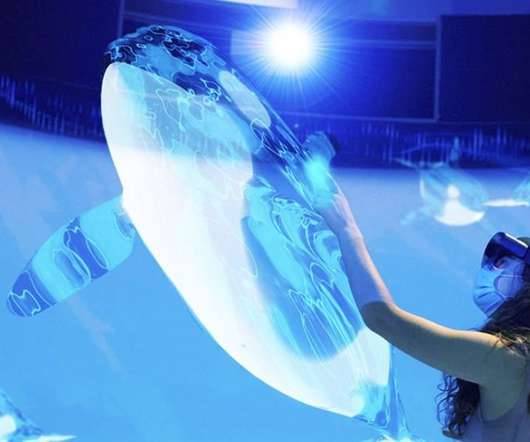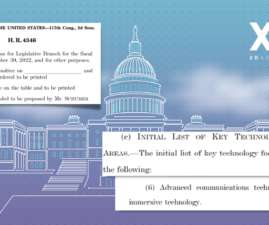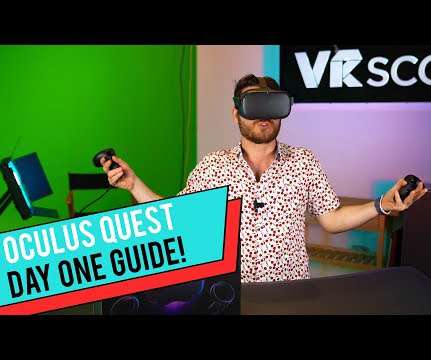Microsoft HoloLens 2 & Unity Used to Highlight the Threat to Endangered Whales at the Smithsonian
HoloLens
OCTOBER 1, 2021
Although the enterprise use cases for the Microsoft HoloLens 2 continue to impress, the arts community just can't stay away from the best augmented reality headset on the market. The latest example comes from a new exhibit that highlights one of Earth's most powerful but vulnerable sea creatures: orca whales.












Let's personalize your content